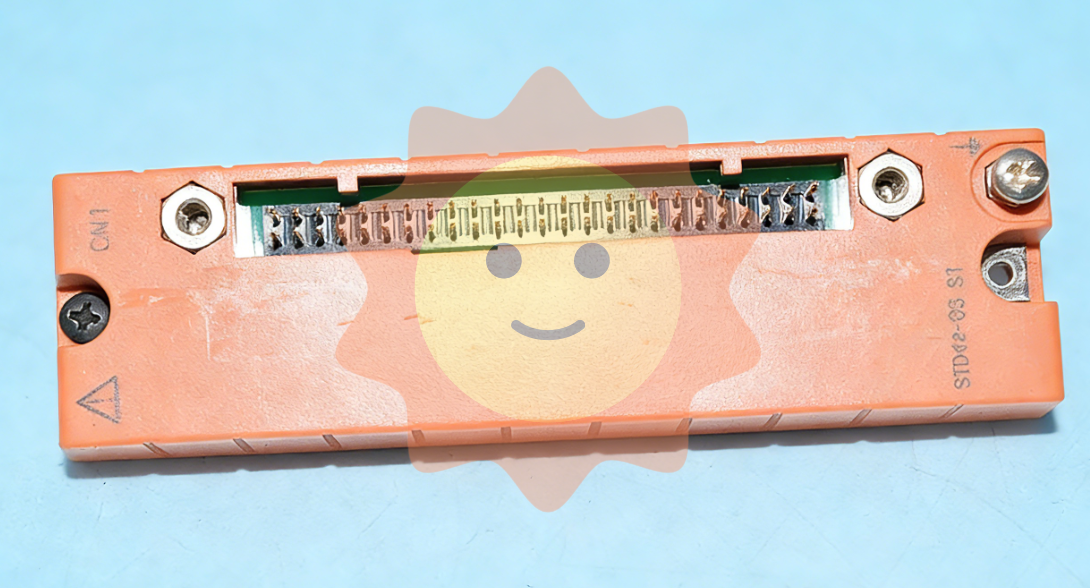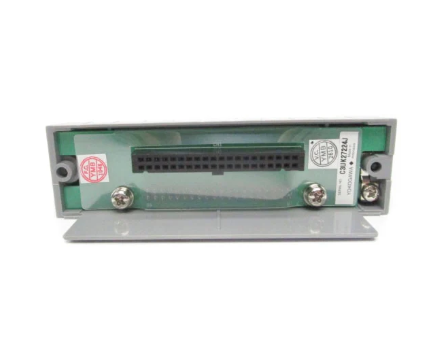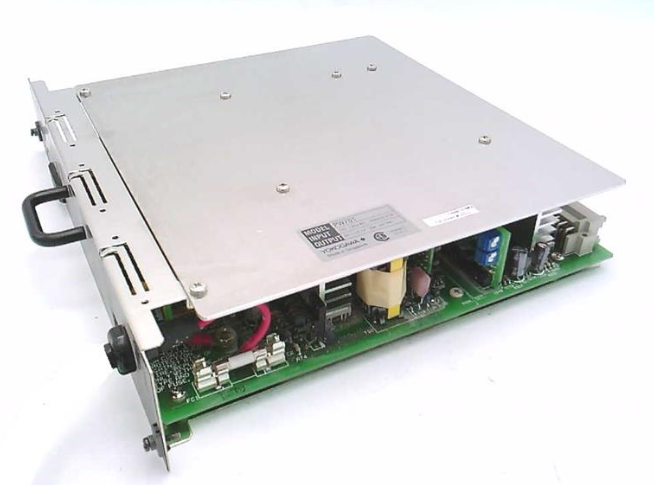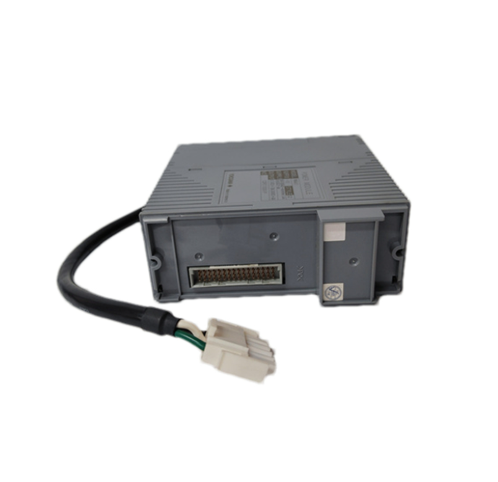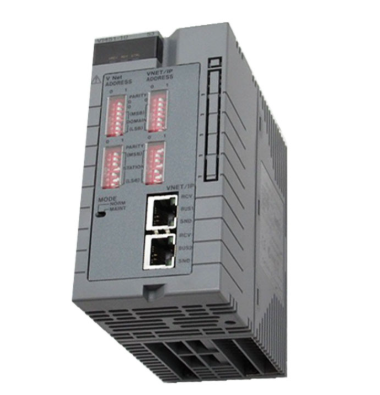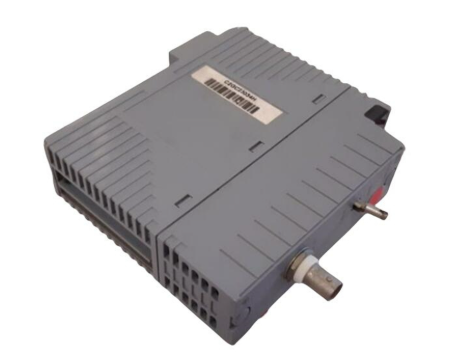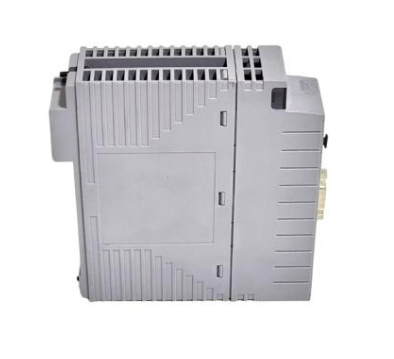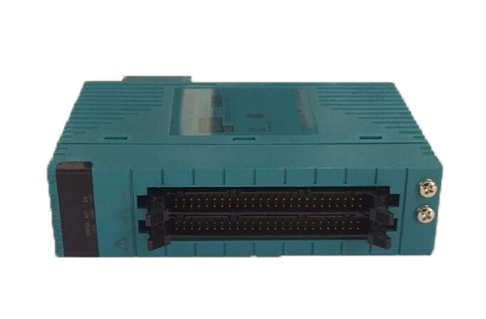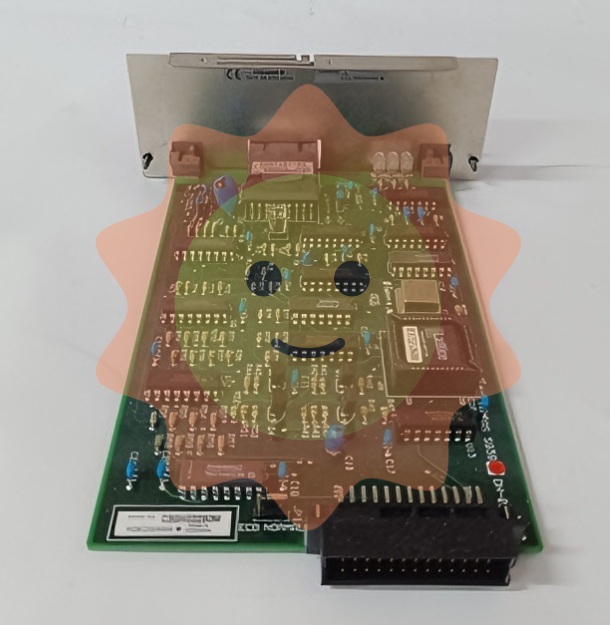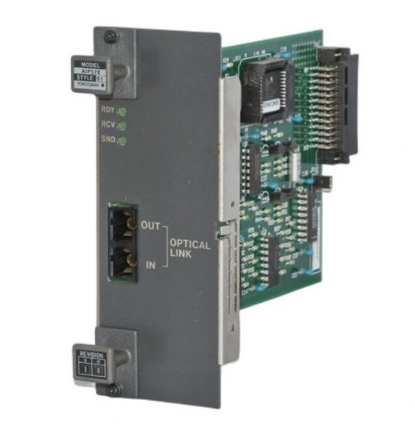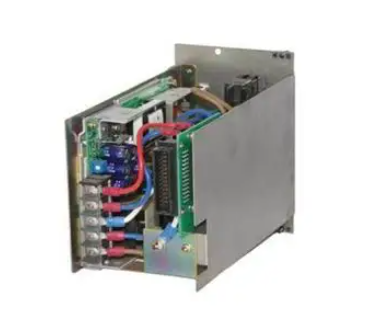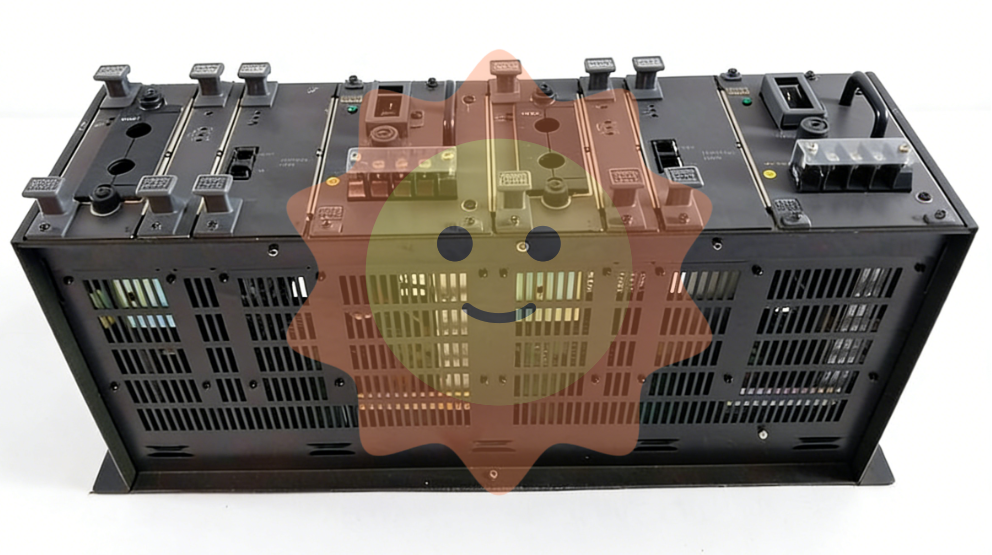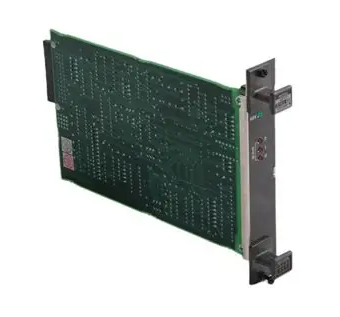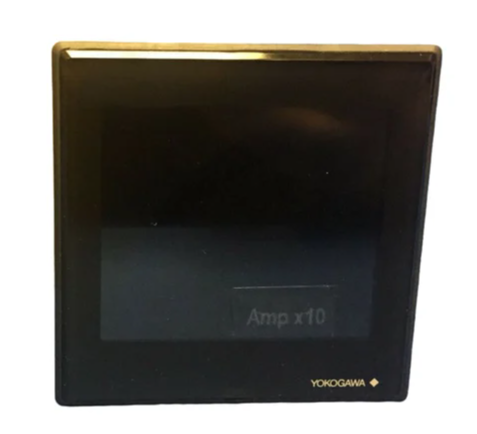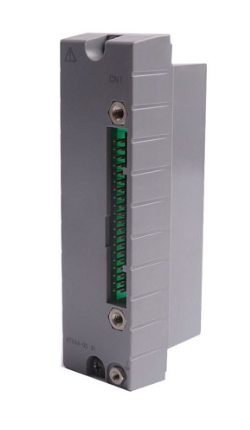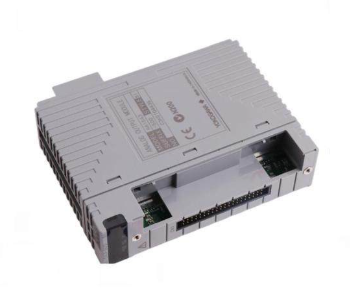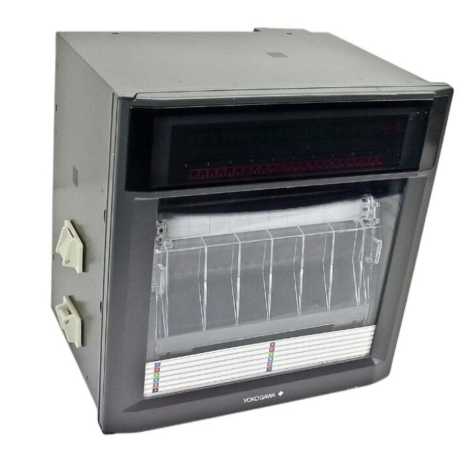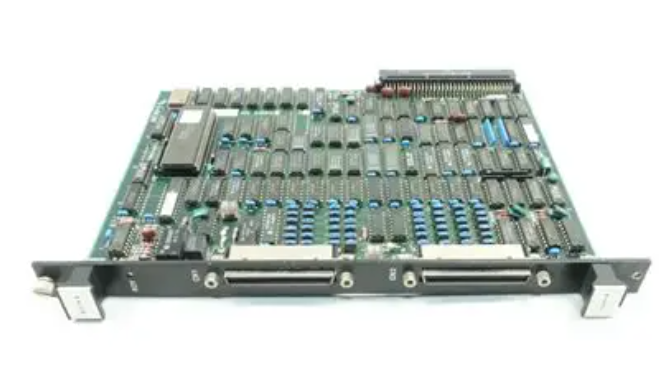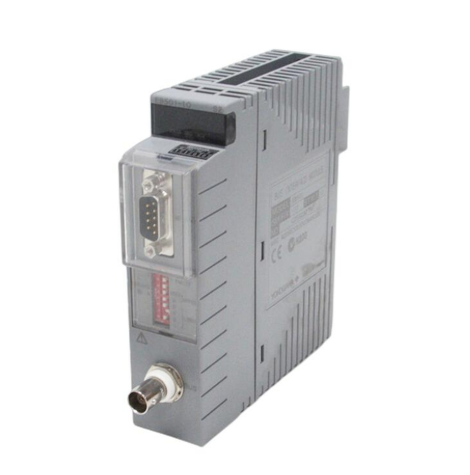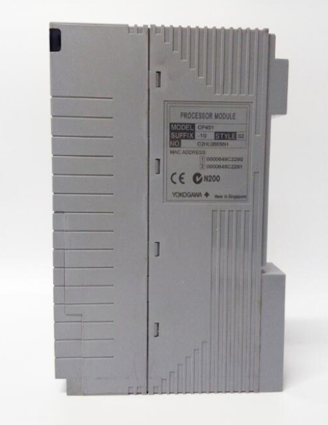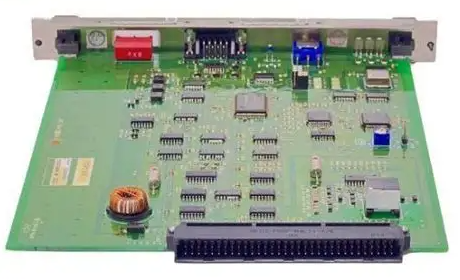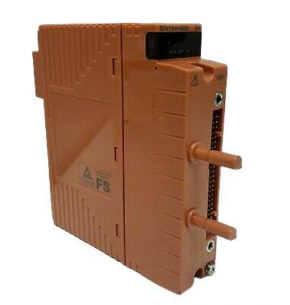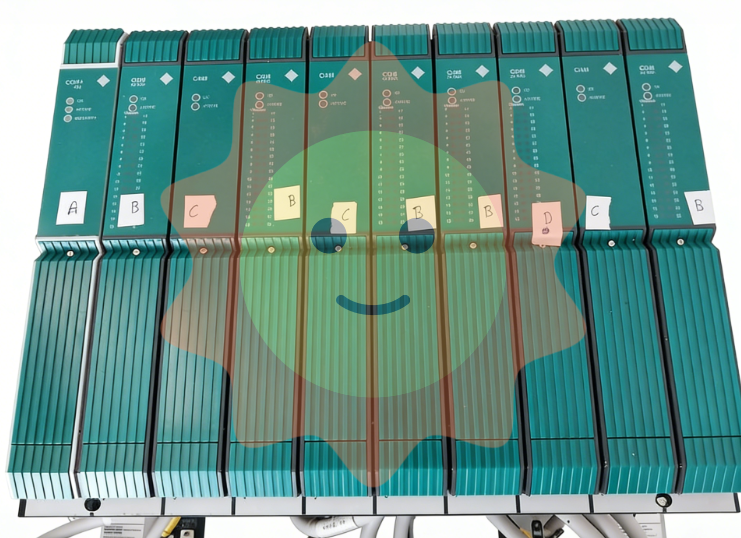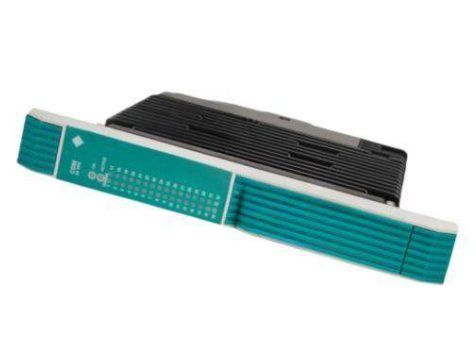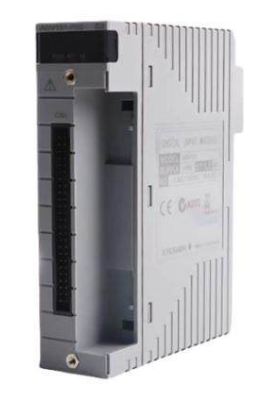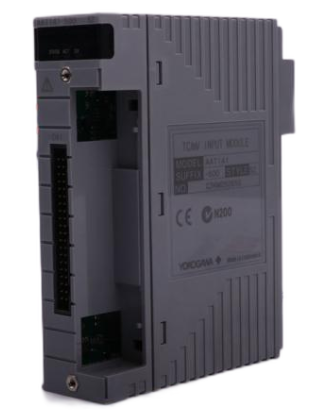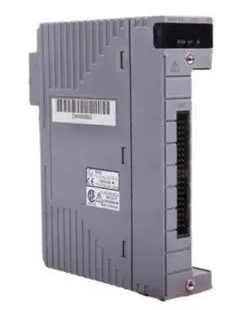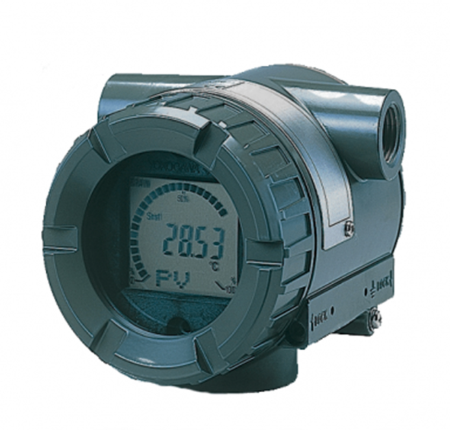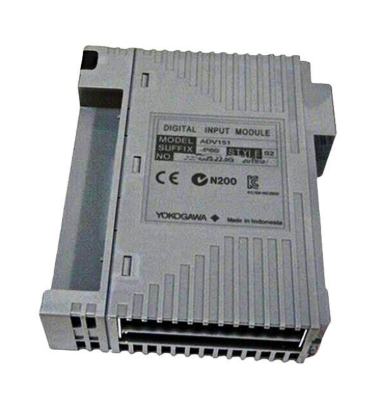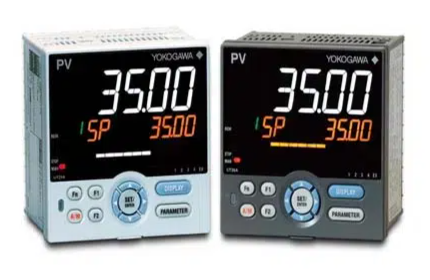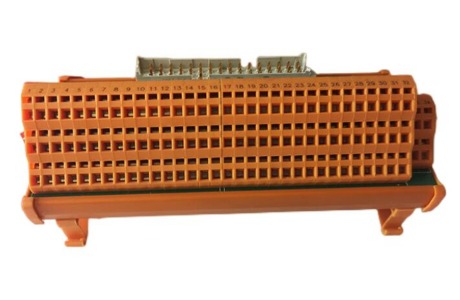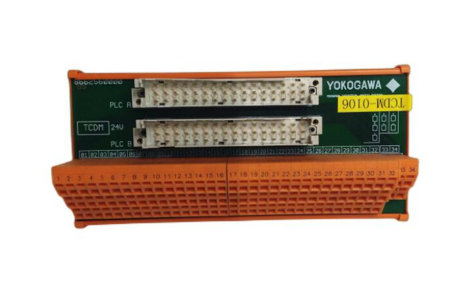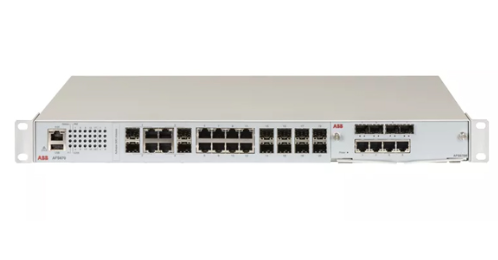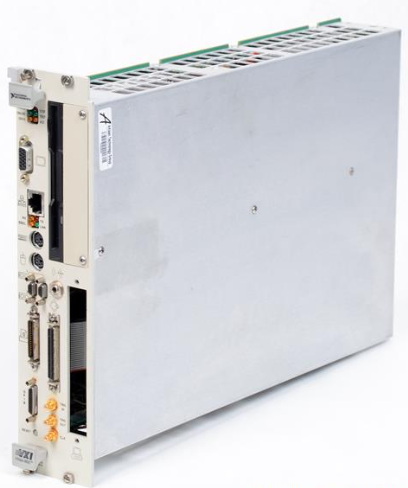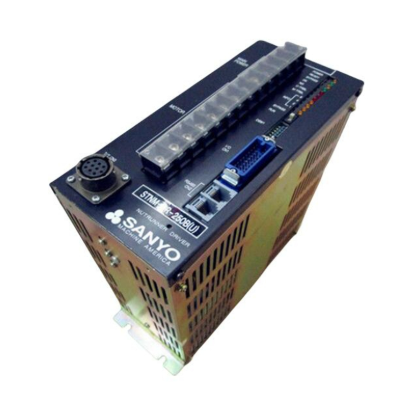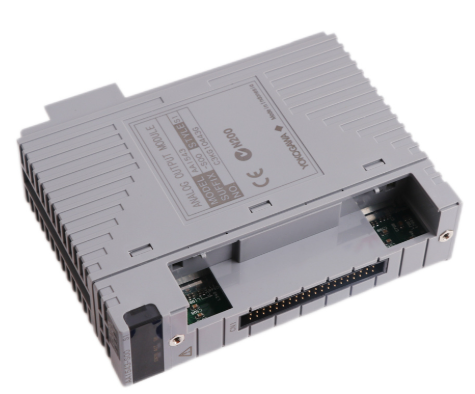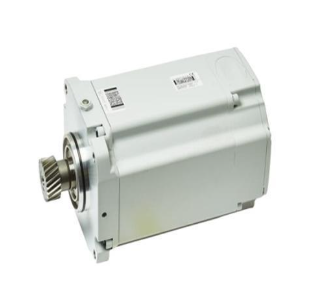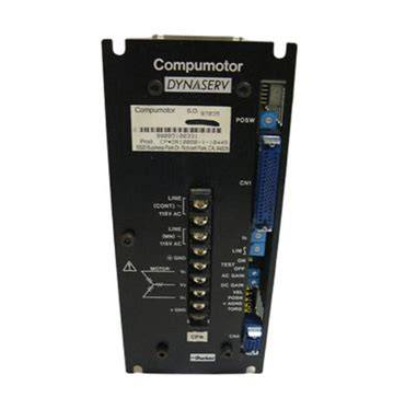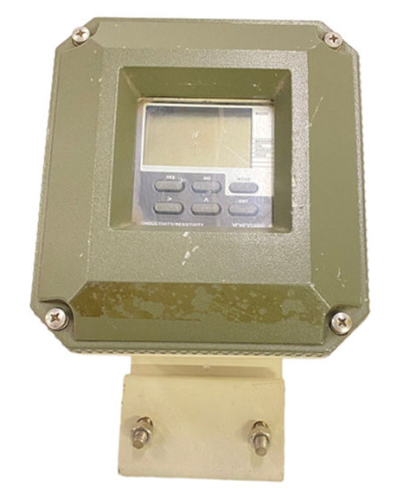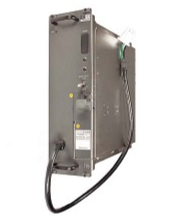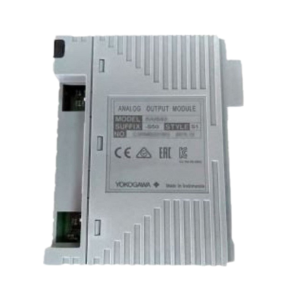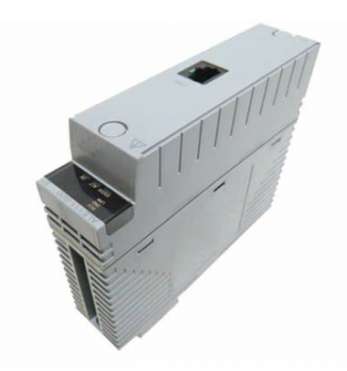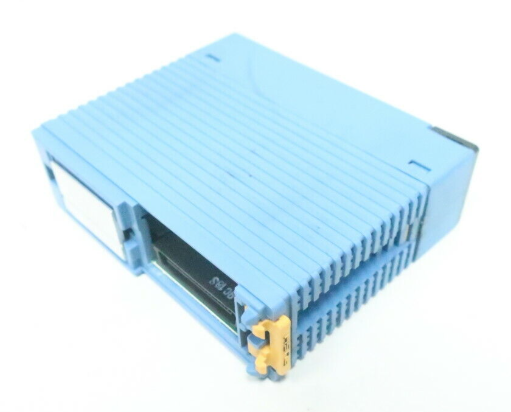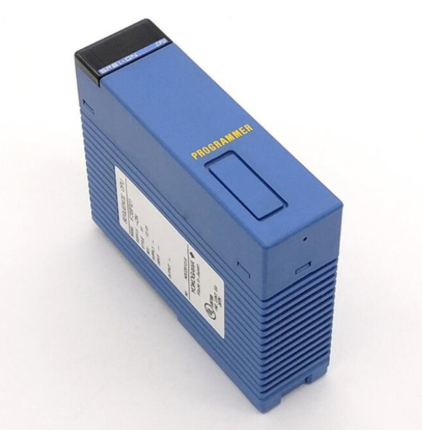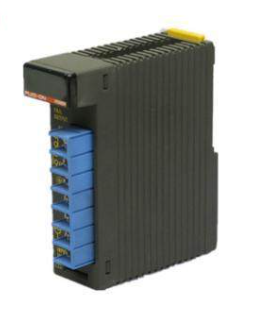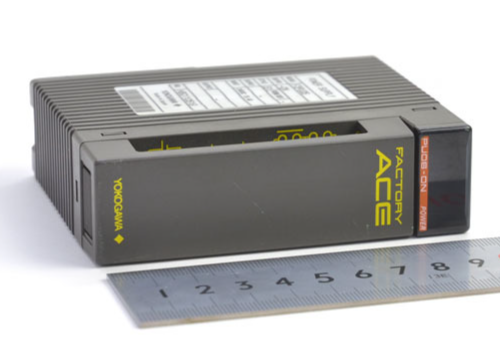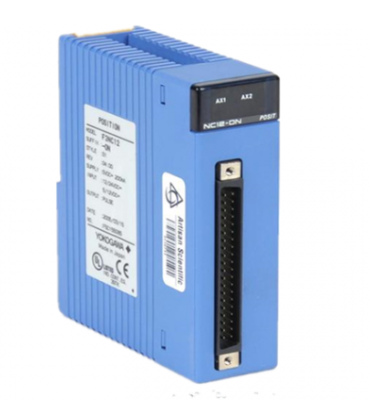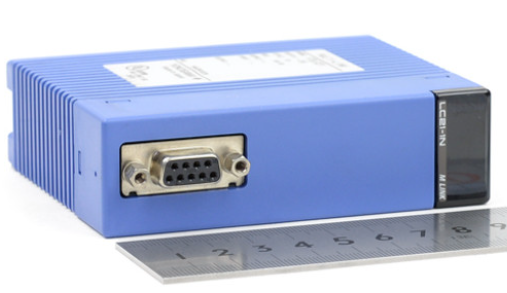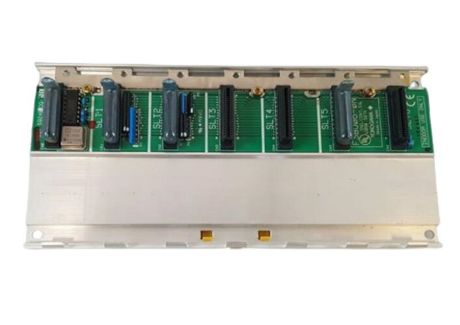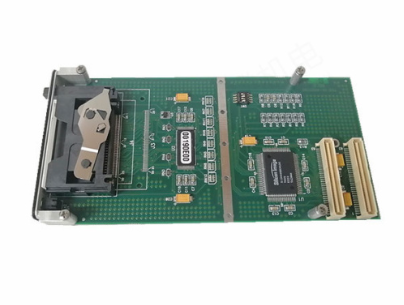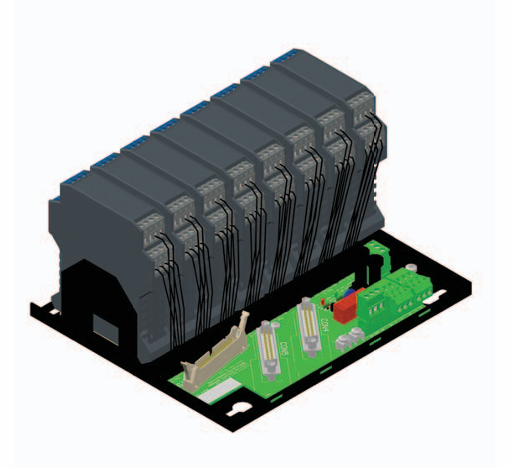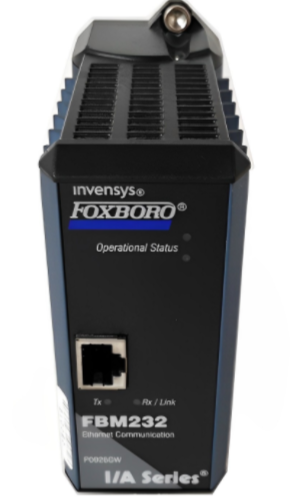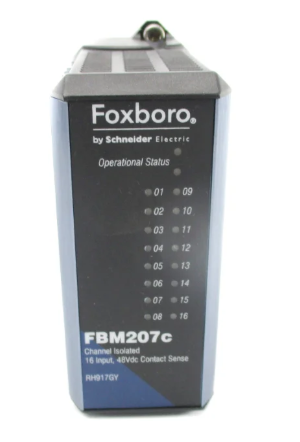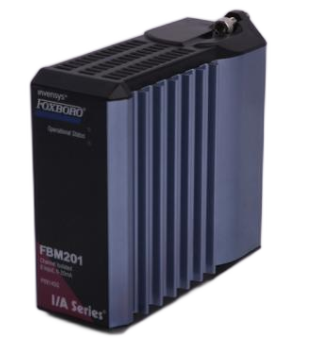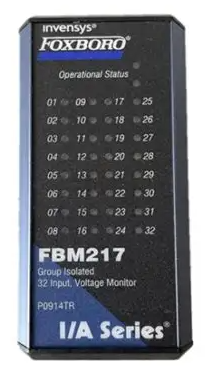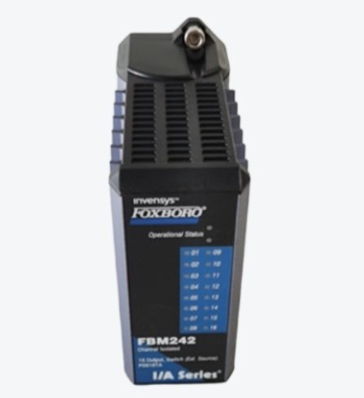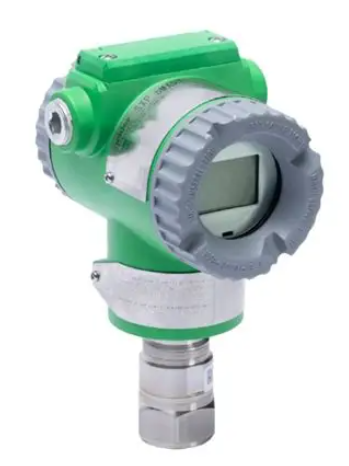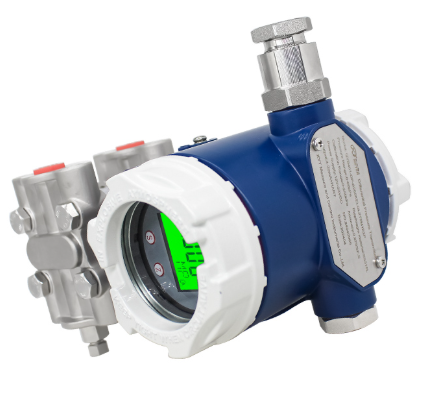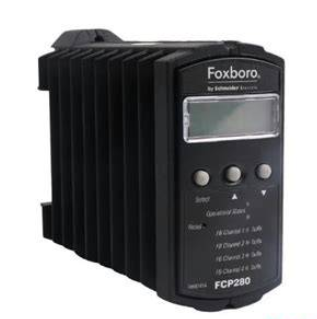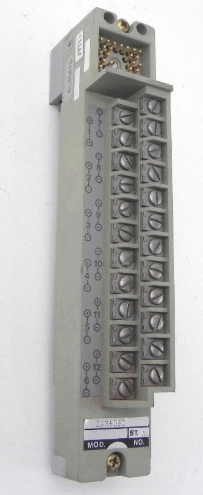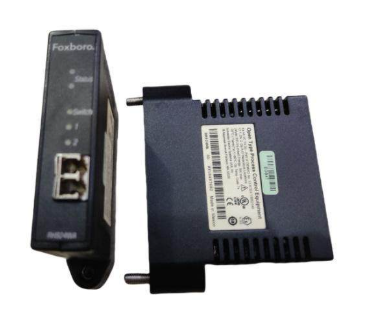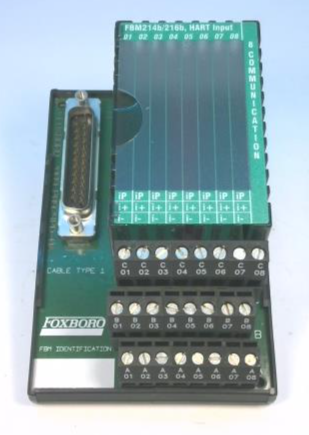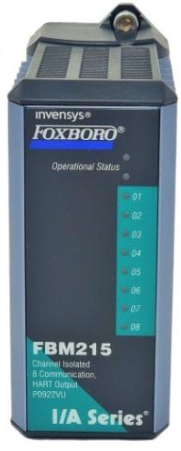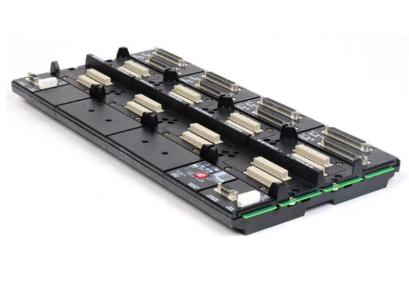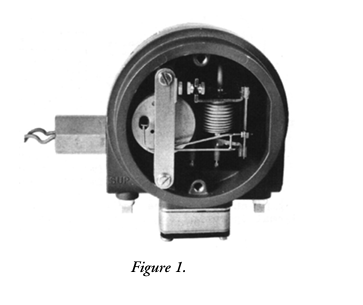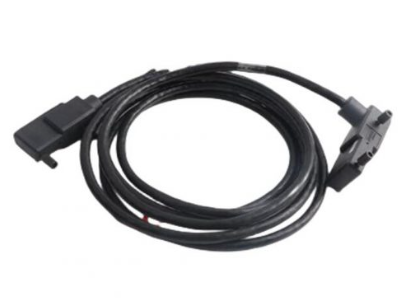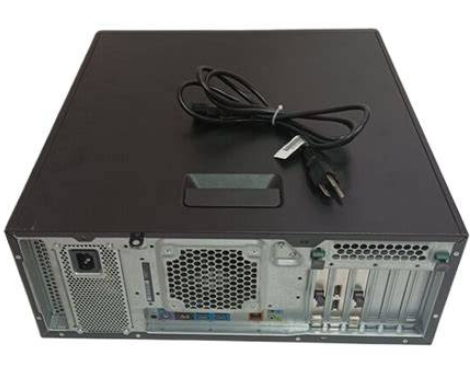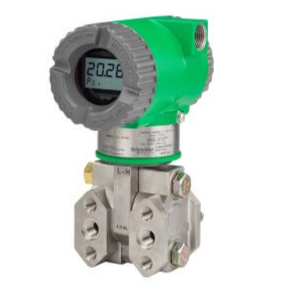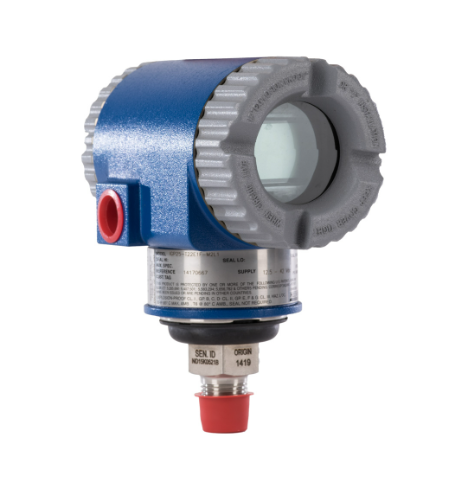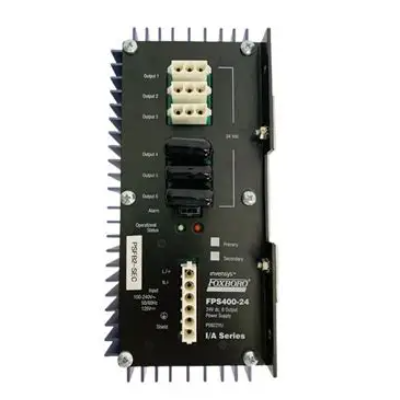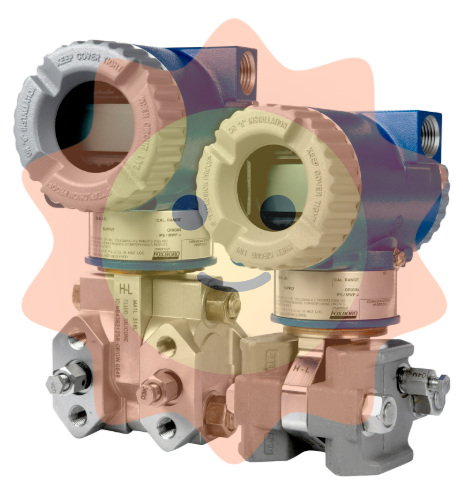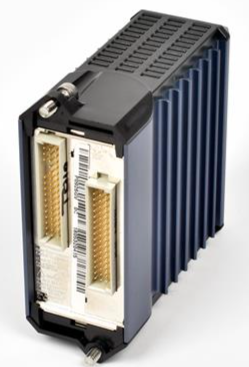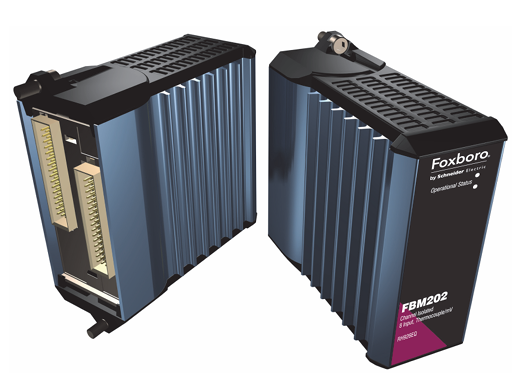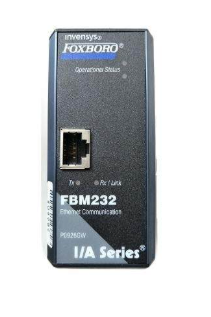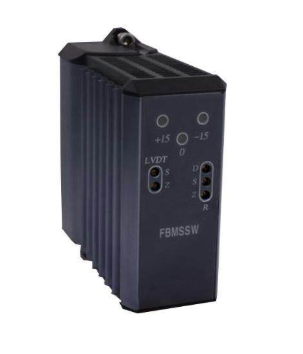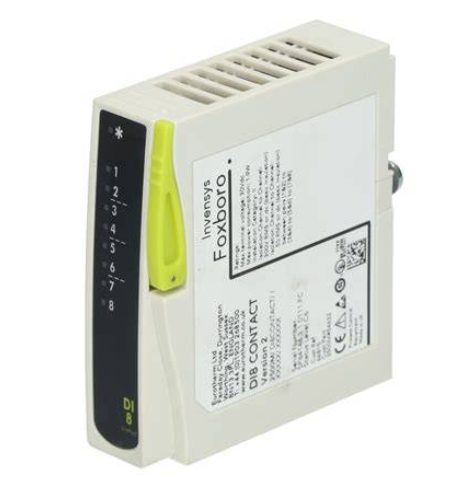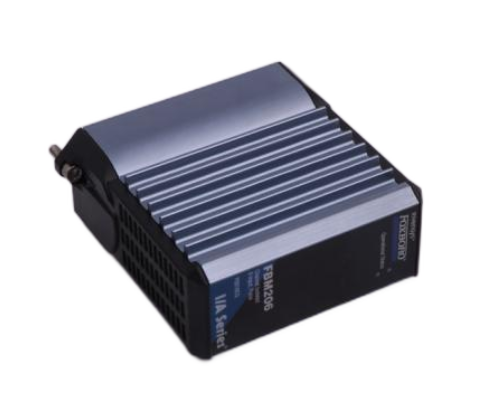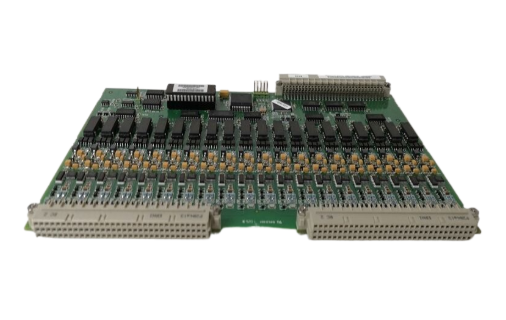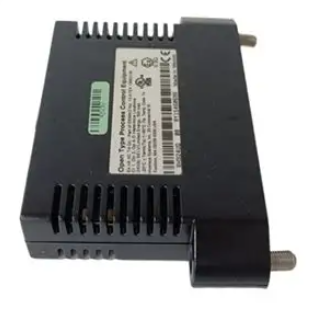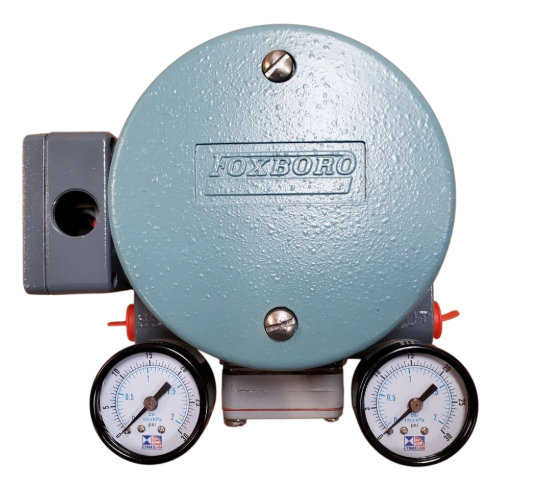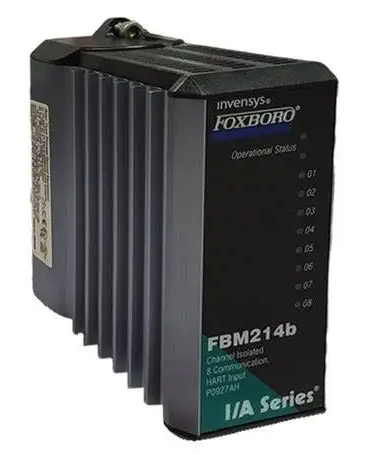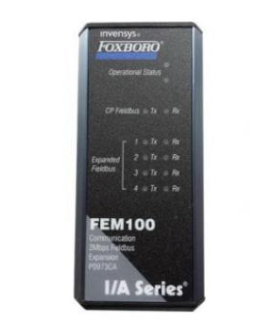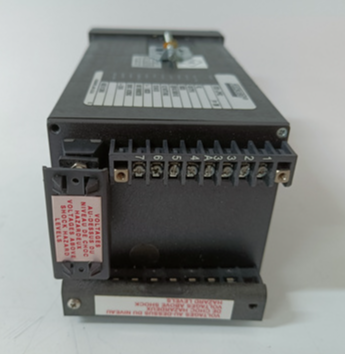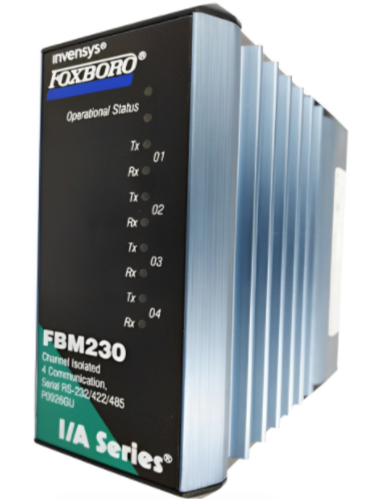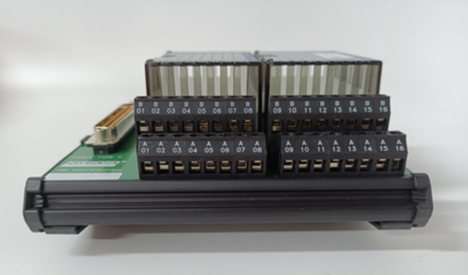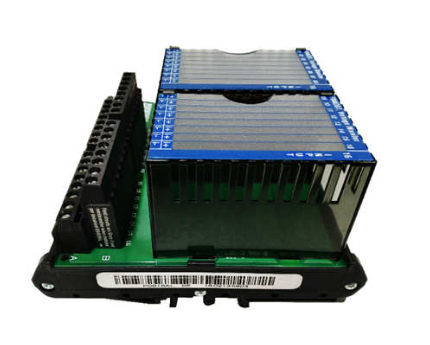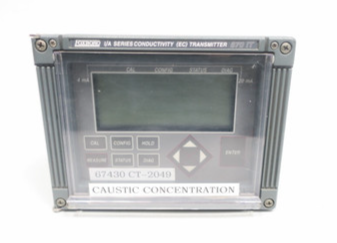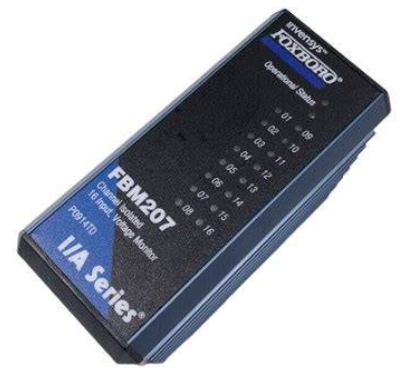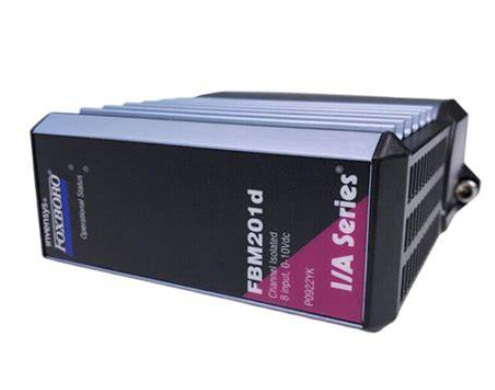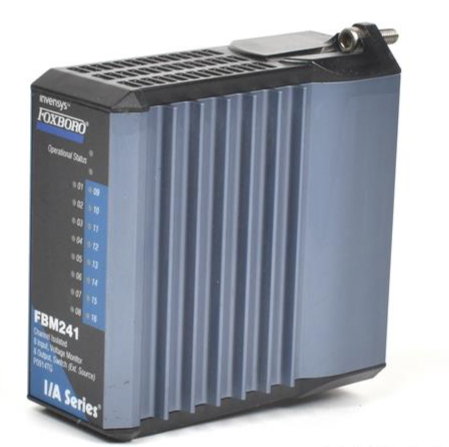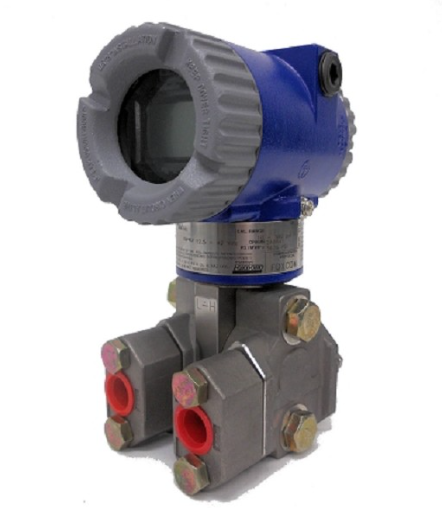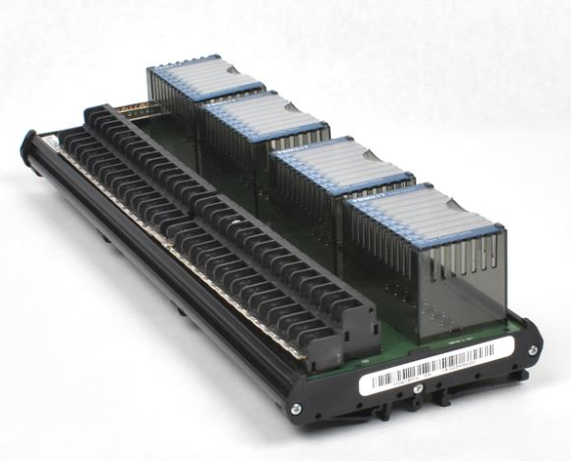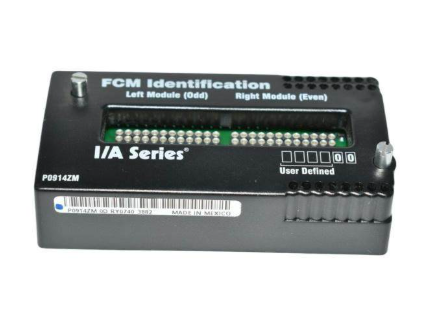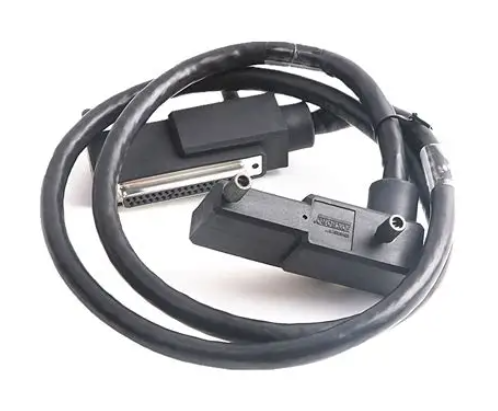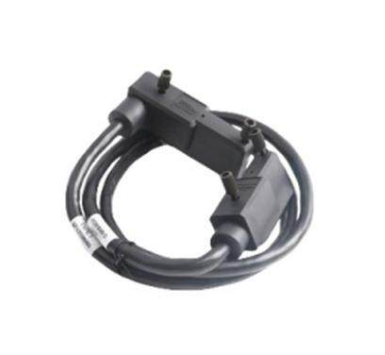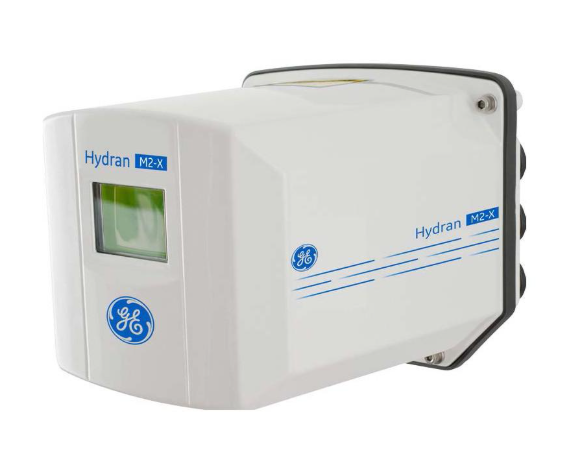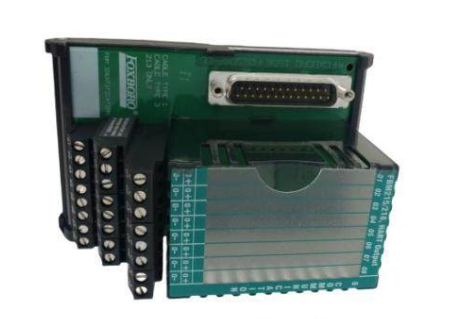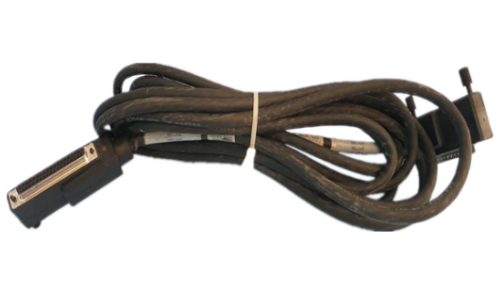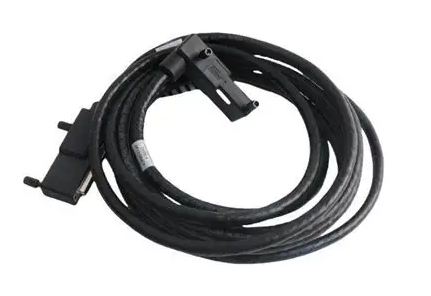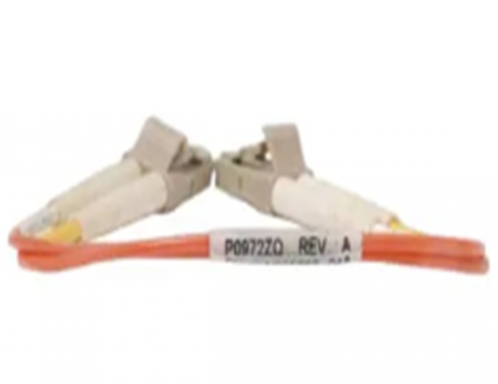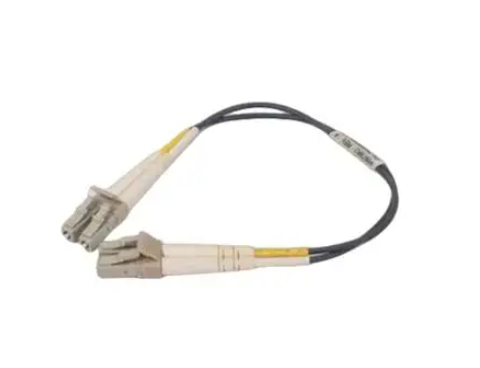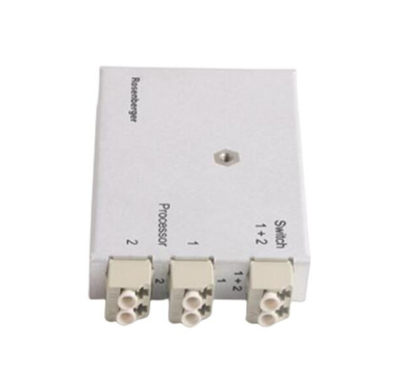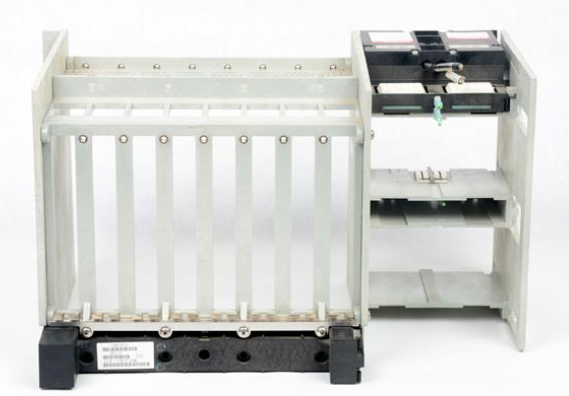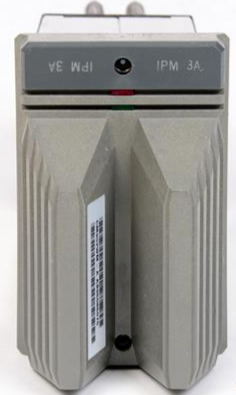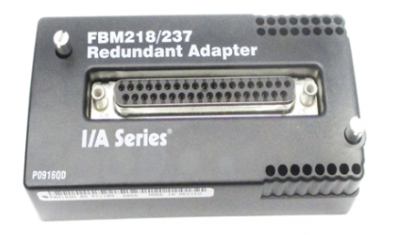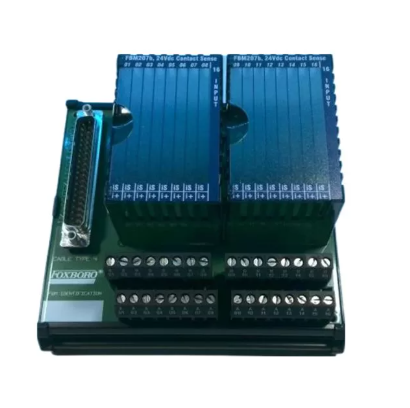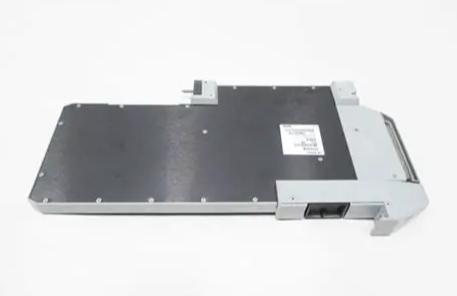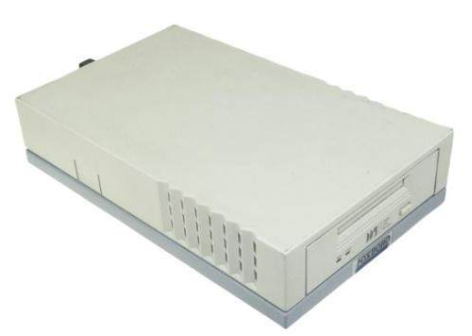Bentley 3500/45 Position Monitor
Bentley 3500/45 Position Monitor
Product Overview and Core Features
The 3500/45 position monitor is a 4-channel precision monitoring device developed by Bently Nevada, specifically designed for monitoring position related parameters of rotating machinery. Its core function is to receive signals from proximity sensors (Proximitors), rotary position sensors (RPTs), AC/DC linear variable differential transformers (AC/DC LVDTs), and rotary potentiometers. Through signal conditioning and comparison with user programmable alarm thresholds, it achieves mechanical protection and status monitoring.
Core competencies:
Multi parameter monitoring: supports 8 measurement functions including axial (thrust) position, differential expansion, casing expansion, valve position, etc. Channels are programmed in pairs (such as channels 1-2 and 3-4 can perform different functions separately, but casing expansion only supports channels 3-4).
Flexible configuration: Customize the full-scale range, filtering parameters, and alarm thresholds through the 3500 configuration software to adapt to different mechanical operating conditions.
Redundancy design: Supports TMR (Triple Modular Redundancy) configuration, improves system reliability through a 2 out of 3 voting mechanism, and is suitable for monitoring critical equipment.
Application scenarios:
Used for monitoring parameters such as axial displacement of rotors, thermal expansion difference between shafts and casings, valve opening, etc. in large rotating machinery such as steam turbines and compressors, to prevent equipment failures such as rubbing and overload caused by abnormal positions.

Detailed explanation of technical specifications
1. Input characteristics
Signal type: Supports sensor inputs such as Proximitor (e.g. 3300XL series), DC LVDT (25-508 mm range), AC LVDT (25-254 mm range), rotary potentiometer (50 ° -300 ° rotation range), etc.
Impedance and power consumption:
The input impedance of DC LVDT is 1M Ω, the Proximitor/RPT is 10K Ω, and the rotary potentiometer is 200K Ω.
The power consumption varies depending on the I/O module: typically 7.7W when using position I/O modules, 8.5W for AC LVDT modules, and 5.6W for rotary potentiometer modules.
2. Sensitivity and accuracy
Thrust position: Sensitivity 3.937 mV/mm (100 mV/mil) or 7.874 mV/mm (200 mV/mil), accuracy ± 0.33% of full scale (typical), maximum ± 1%.
Differential expansion:
Standard single slope: Sensitivity 0.394-7.874 V/mm (10-200 mV/mil), accuracy varies depending on the slope angle and range, with a maximum error of ± 2% (such as when the full-scale span is less than 3 Vdc).
Shell expansion: DC LVDT sensitivity is 0.05-0.20 V/mm (1.25-5.00 V/in), AC LVDT is 9.45-28.74 mV/V/mm (0.24-0.73 mV/V/mil).
Valve position: The sensitivity of the rotary potentiometer is 41 mV/degree, the RPT is 50-140 mV/degree, and the AC LVDT is 3.94-28.74 mV/V/mm.
3. Output characteristics
LED indication:
OK light: It lights up when the module is running normally.
TX/RX light: Flashes when communicating with other modules in the rack.
Bypass light: It lights up when the channel is bypassed.
Analog output:
The recorder outputs 4-20 mA, proportional to the full range (such as 20 mA for a full range of 10 mm), with a load resistance of 0-600 Ω, a resolution of 0.3662 μ A/bit, and a temperature drift of ± 0.7%.
Buffer sensor output: 1 coaxial interface per channel, short circuit protection, DC LVDT channel 3-4 offset -10 Vdc, AC LVDT output is the DC characteristic value of the AC signal.
4. Signal conditioning and filtering
Frequency response:
Thrust/differential expansion: Direct filter -3 dB at 1.2 Hz, gap filter -3 dB at 0.41 Hz.
Shell expansion/valve position: Position filter -3 dB at 0.41 Hz, suitable for low-frequency mechanical displacement monitoring.
Alarm mechanism:
The Alert threshold can be set to 0-100% full scale, and the Danger threshold supports any two proportional value configurations, with a time delay of 1-60 seconds (Alert) or 0.1 seconds (Danger), and an alarm accuracy of ± 0.13% of the target value.
Configuration plan and I/O module
1. I/O module types and adaptation scenarios
Module model and function applicable to sensors
01 Internal terminal module directly connects to Proximitors, RPTs, DC LVDTs, suitable for non hazardous areas such as 3300XL series, 25 mm Extended Range, etc
02 External terminal module is connected to external terminal blocks through cables, simplifying rack wiring as above
03 Discrete TMR External Module Triple Redundancy Configuration, with independent sensors for each channel, enhances reliability Proximitor/DC LVDT
05 AC LVDT internal module is dedicated to AC LVDT signal conditioning, supporting a range of 25-254 mm AC LVDT 25 mm/50 mm, etc
The internal module of the 07 rotary potentiometer is compatible with rotary potentiometers (50 ° -300 °) for valve opening monitoring
2. Key points of TMR configuration
Discrete and bus modes:
Discrete mode (module 03): Three independent sensors are connected to three modules respectively, suitable for critical measurements (such as thrust position).
Bus mode (module 04): Single sensor signals are distributed to three modules through the bus, which has lower cost but slightly lower reliability.
- EMERSON
- Honeywell
- CTI
- Rolls-Royce
- General Electric
- Woodward
- Yaskawa
- xYCOM
- Motorola
- Siemens
- Rockwell
- ABB
- B&R
- HIMA
- Construction site
- electricity
- Automobile market
- PLC
- DCS
- Motor drivers
- VSD
- Implications
- cement
- CO2
- CEM
- methane
- Artificial intelligence
- Titanic
- Solar energy
- Hydrogen fuel cell
- Hydrogen and fuel cells
- Hydrogen and oxygen fuel cells
- tyre
- Chemical fiber
- dynamo
- corpuscle
- Pulp and paper
- printing
- fossil
- FANUC
- Food and beverage
- Life science
- Sewage treatment
- Personal care
- electricity
- boats
- infrastructure
- Automobile industry
- metallurgy
- Nuclear power generation
- Geothermal power generation
- Water and wastewater
- Infrastructure construction
- Mine hazard
- steel
- papermaking
- Natural gas industry
- Infrastructure construction
- Power and energy
- Rubber and plastic
- Renewable energy
- pharmacy
- mining
- Plastic industry
- Schneider
- Kongsberg
- NI
- Wind energy
- International petroleum
- International new energy network
- gas
- WATLOW
- ProSoft
- SEW
- wind
- ADVANCED
- Reliance
- YOKOGAWA
- TRICONEX
- FOXBORO
- METSO
- MAN
- Advantest
- ADVANCED
- ALSTOM
- Control Wave
- AB
- AMAT
- STUDER
- KONGSBERG
- MOTOROLA
- DANAHER MOTION
- Bently
- Galil
- EATON
- MOLEX
- Triconex
- DEIF
- B&W
- ZYGO
- Aerotech
- DANFOSS
- KOLLMORGEN
- Beijer
- Endress+Hauser
- MOOG
- KB
- Moxa
- Rexroth
- YAMAHA
- Johnson
- Westinghouse
- WAGO
- TOSHIBA
- TEKTRONIX
- BENDER
- BMCM
- SMC


Email:wang@kongjiangauto.com

